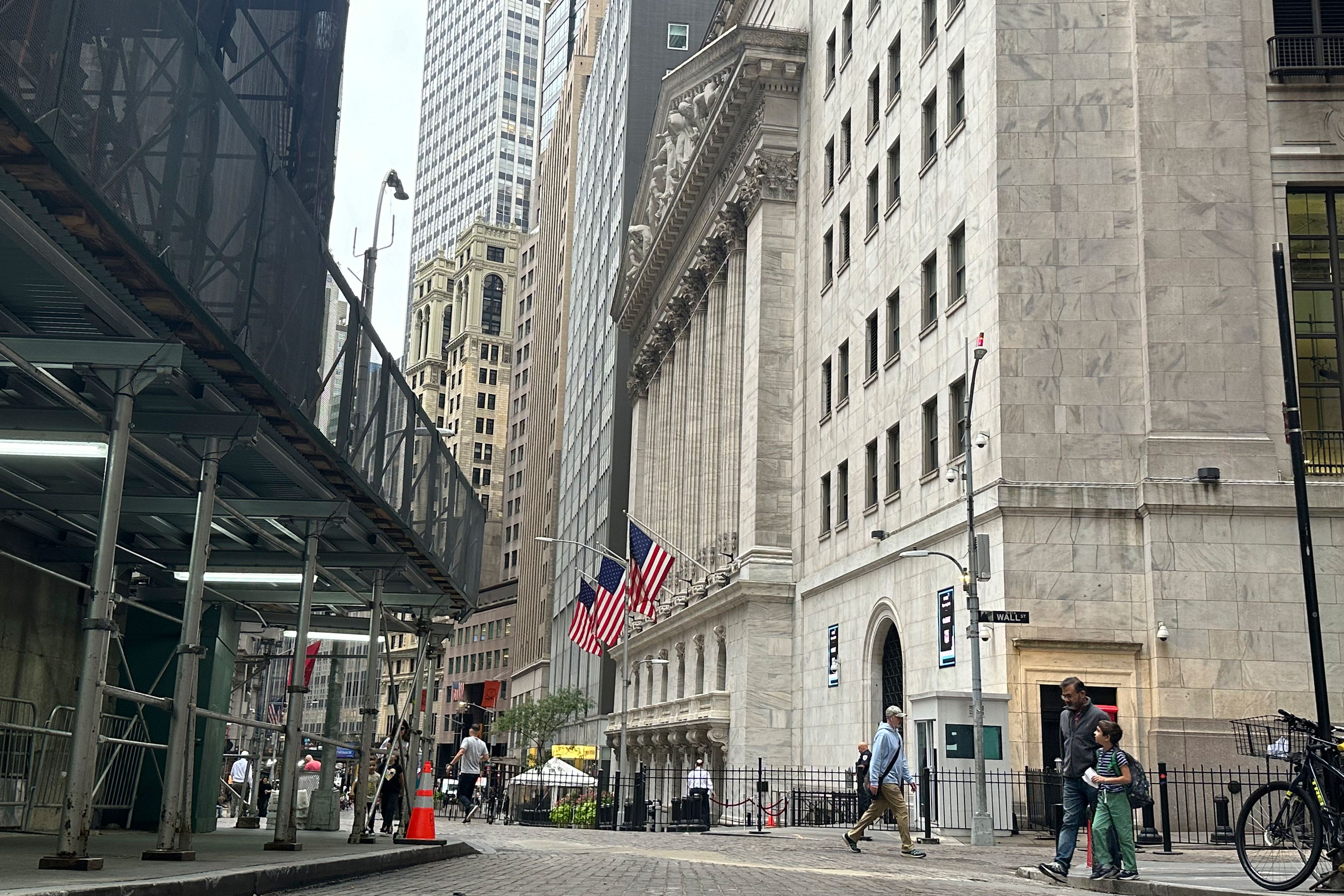NEW YORK -- Sarah Johnson used to shop for toiletries, light bulbs and other basics at her local Kmart, while driving 30 minutes to Target for fashion and other nonessential items. That all changed a month ago, after a trip to buy picture frames at Kmart turned out to be an exercise in futility.
She hasn't gone back.
"When I was at Kmart, there was clutter everywhere. The merchandise wasn't kept up. I walked out of there empty-handed," said the 28-year-old Watertown, Mass., resident. "Now I will only go there when I am in a jam. Being at Target reaffirmed how much better things are."
Kmart Corp. is under intense and increasing pressure because recent defections from once-loyal shoppers like Johnson -- turned away by messy stores and merchandise that's in short supply -- could hurt the retailer's chances of successfully restructuring in Chapter 11 bankruptcy.
Furthermore, as Kmart, the nation's third-largest discounter, shutters 284 stores over the next few months and grapples with how to reinvent itself under new management, rivals like the nation's No. 1 and No. 2 discounters-- Wal-Mart Stores Inc. and Target Corp.-- are swiftly moving ahead with expansion plans and solid sales gains.
'Attacked by dragons'
"Consumers are somewhat forgiving, but if Kmart doesn't get their stores in order by spring, it won't turn the corner for Christmas, and it will never get to 2003," said Steven Skinner, partner of retail strategies at Accenture, a consulting firm.
"It's not like Kmart is wandering around by itself in the forest," said Robert Miller, president of the restructuring division of Financo, Inc., an investment banking firm whose clients are primarily in the apparel and retail industry. "Every day it is being attacked by dragons, and the dragons are getting bigger and more powerful."
In fact, plenty of industry observers like Miller wonder whether there is a business left to save and say they're stumped about how Kmart can differentiate itself from Wal-Mart's low prices and Target's cheap chic. The competition has already claimed such casualties as Bradlees Inc., Montgomery Ward, and Caldor Corp.
Meanwhile, ever since Kmart's Jan. 22 bankruptcy filing, rumors have circulated that it is a takeover target for Carrefour SA, a French grocery retailing conglomerate, although Carrefour officials have said they are not interested in acquiring Kmart.
Kmart officials said they are not in talks with any potential bidders.
In recent interviews, James Adamson, who replaced Chuck Conaway as chairman in January and as chief executive last week, acknowledged that "there is a lot of work to do" and said he recognizes "the enormity of the challenge."
Strategy later this syear
Conaway, who became CEO in May 2000, resigned after his turnaround efforts failed to reverse the company's fortunes and, in some ways, made the problems even worse, according to analysts.
Adamson said he won't be coming out with an overall merchandising and marketing strategy until later this year. His first priority is to fix the basics-- cleaning up stores and increasing the amount of merchandise on its shelves.
Adamson said the stores are now 90 percent stocked with goods, a big improvement from about two months ago when many of Kmart's suppliers stopped shipping. But he noted that Kmart still needs to stabilize its relationship with its vendors, particularly with Fleming, Cos., its primary consumer products supplier.
Fleming halted shipments a day before Kmart filed for Chapter 11, but resumed shipping after a bankruptcy judge approved a $76 million payment to the supplier.
Adamson did say that Kmart will further fortify its position in urban markets, a strategy that should give it a more competitive advantage over Wal-Mart, whose strength is in rural and suburban markets. He also vowed to further solidify exclusive partnerships with brands like Martha Stewart, the retailer's top-selling label. Stewart has said she continues to stand by the discounter.
Still, the analyst community is losing its patience, and is anxiously waiting to hear how Kmart's management plans to reinvent the chain and set it apart from its competitors. They also complain that the number of store to be closed is too low -- some analysts like Shelly J. Hale from Banc of America Securities were hoping for 700. Kmart currently operates more than 2,100 stores.
"Every day that it doesn't commit to one strategy, it is losing the chances of survival," said Marie Driscoll, an equity analyst at Argus Research, an independent research firm.
Benefit to competitors
Already, Kmart's competitors appear to be benefiting from its woes. Wal-Mart reported a better-than-expected 10.3 percent gain in February sales at stores open at least a year, known as same-store sales. Target, a division of Target Corp. that also operates Mervyn's and department stores including Marshall Field's, posted a 10 percent increase in same-store sales for February.
That compares to Kmart's estimated same-store sales decline last month of 10 percent, analysts said. Kmart, which ended fiscal 2001 with $37 billion in sales, no longer releases same-store sales figures. Instead, it will file its first batch of post-Chapter 11 operating results with the bankruptcy court by the end of the month.
"Wal-Mart is the best positioned to be the recipient of the sales given up by Kmart," said Hale.
Hale estimated that Kmart's announced store closings will mean a loss of about $3.2 billion in sales, money that will go to competitors including Wal-Mart and Target.
In addition, Hale sees another $3 billion of Kmart's business up for grabs due to such problems as messy stores, poor customer service, and lack of merchandise that are turning away customers like Johnson.
Perhaps, in the end, Kmart's survival depends on how forgiving those consumers will be.
"I would give it one more try, and go back for certain lines like Martha Stewart," said Johnson, whose local Kmart in Brighton, Mass., will remain open. "But if I see that the merchandise is picked over the way I saw it last time, then that would be it."
Connect with the Southeast Missourian Newsroom:
For corrections to this story or other insights for the editor, click here. To submit a letter to the editor, click here. To learn about the Southeast Missourian’s AI Policy, click here.








